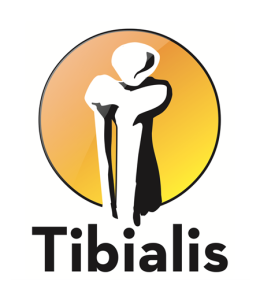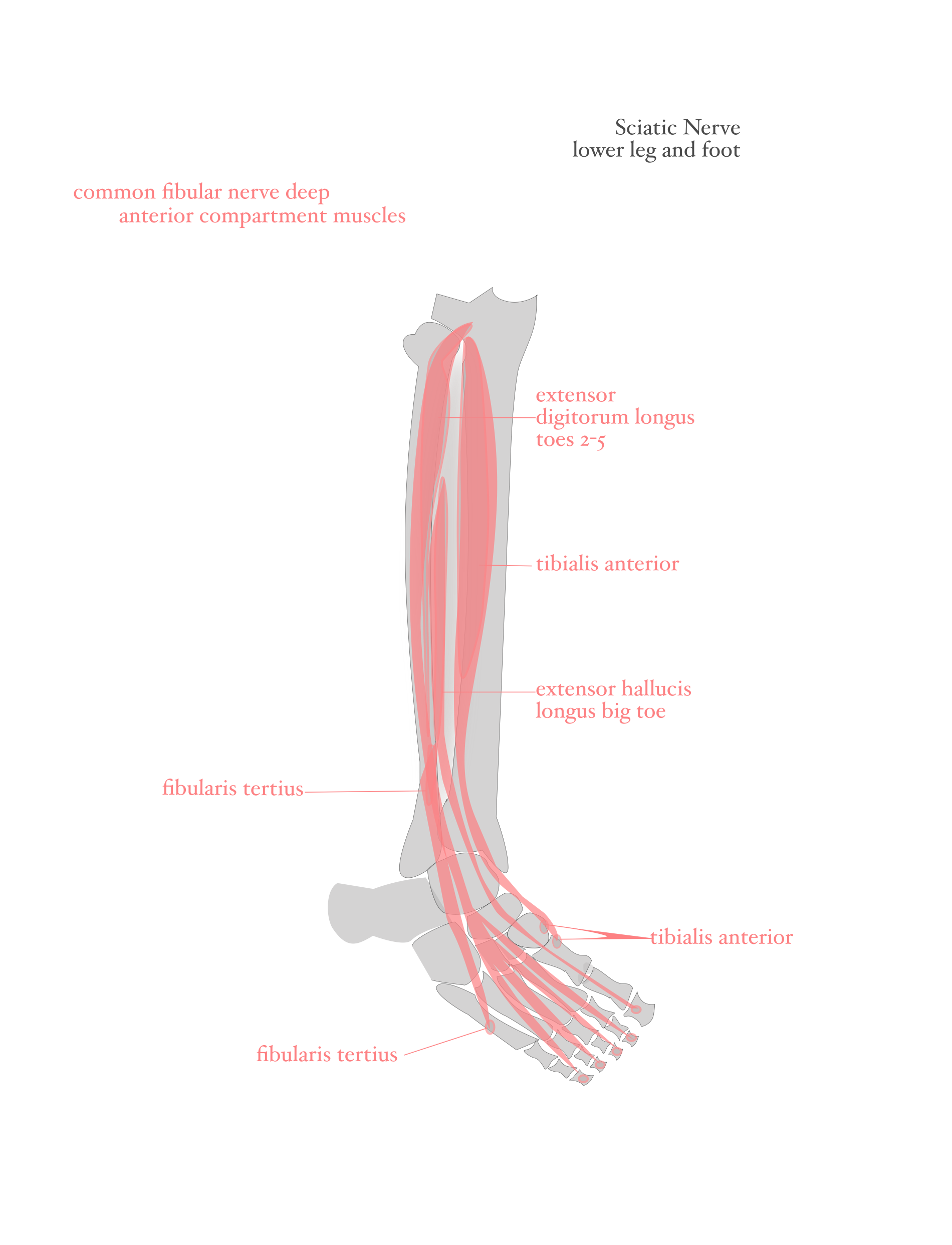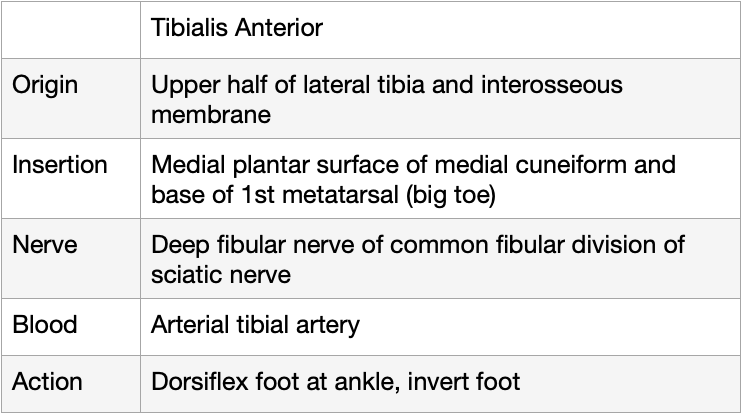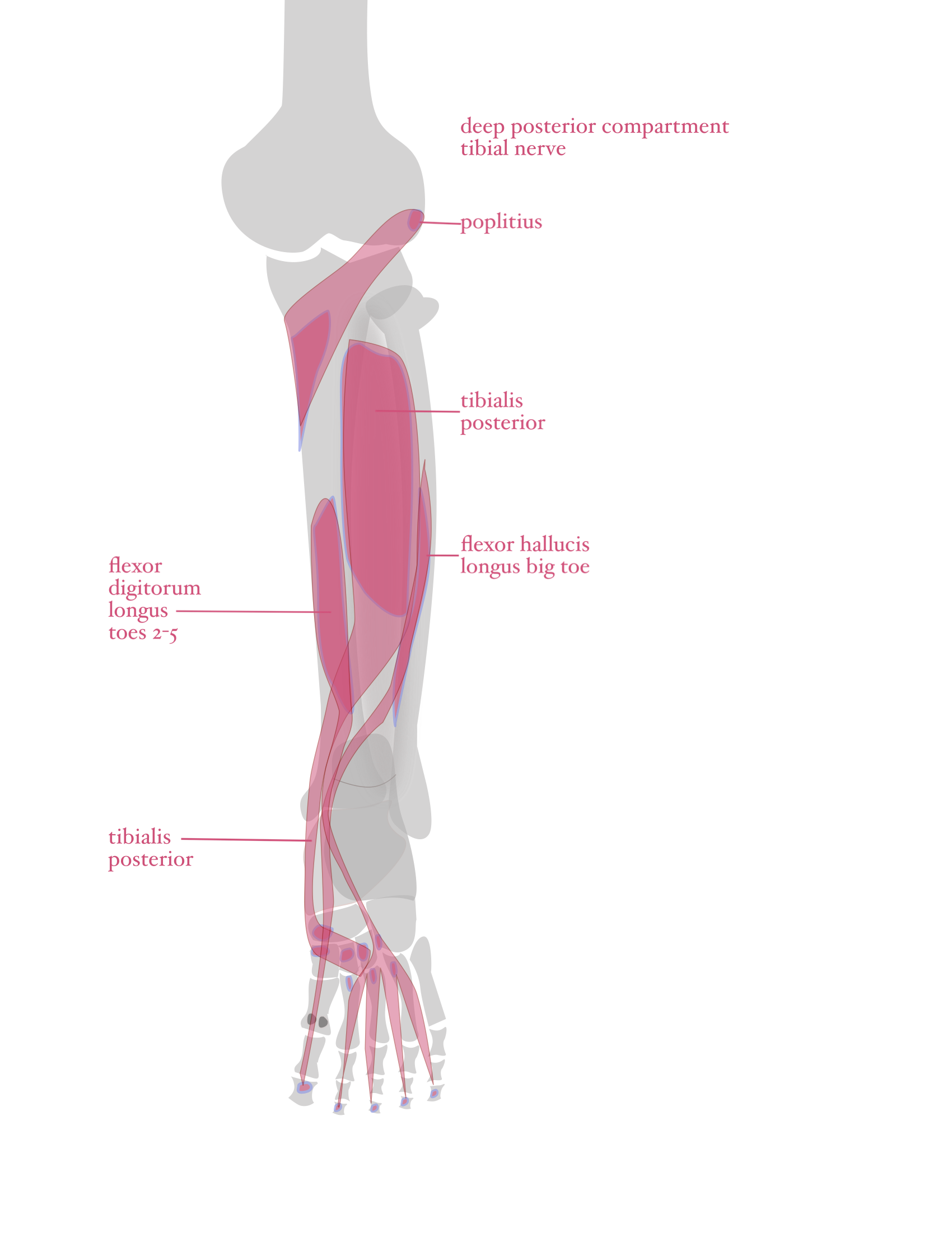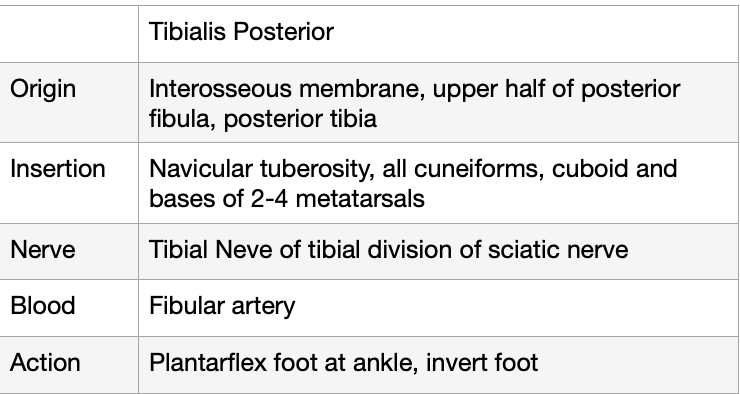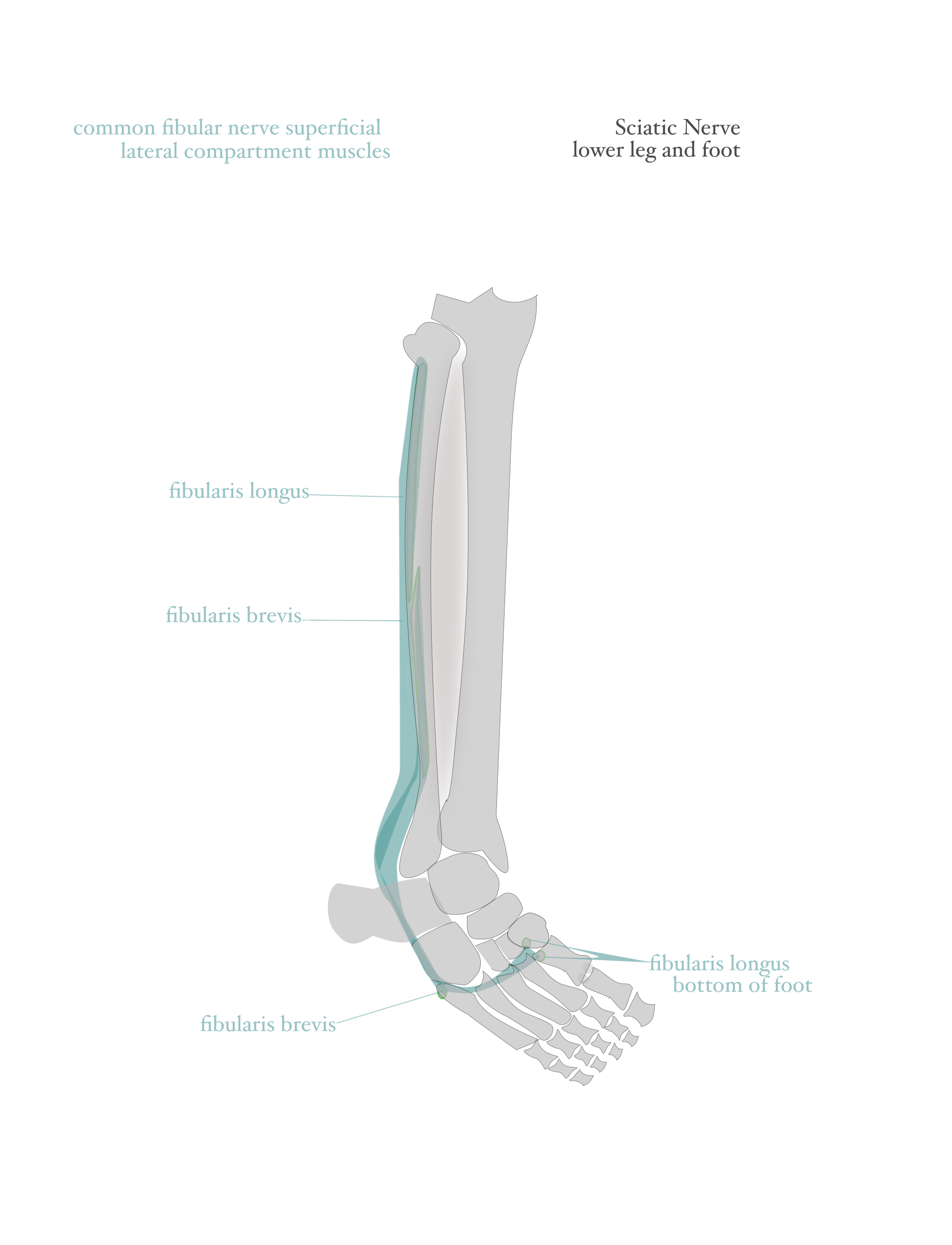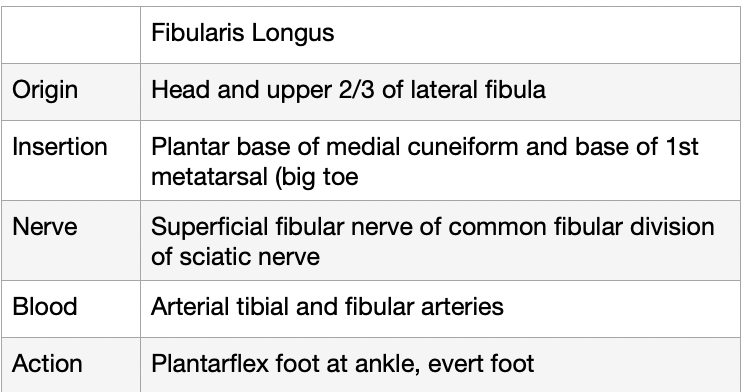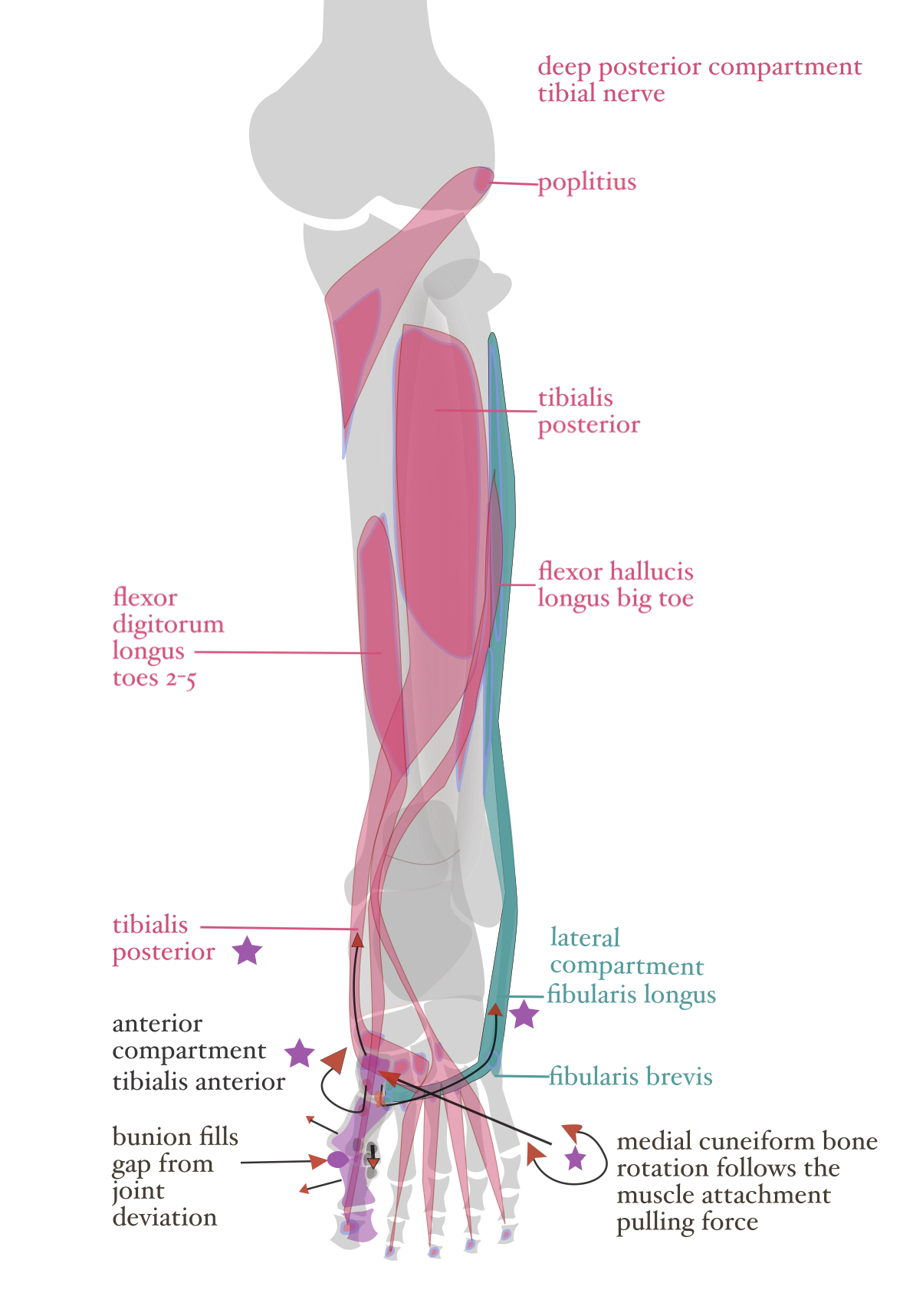Bunions and My Beautiful Shoes
My beautiful shoes, sometimes referred to as ‘car to bar’ high heels, are not intended to be practical. They are a statement – a work of art to complement the perfect outfit ensemble for a special event or even just lunch with the gals. When not on public display, an envious closet configuration can showcase an amazing shoe collection for building the right look. A less envious closet will archive the masterpieces on the top shelf in their original box with layers of protective packaging keeping the left and right separate shoes from each other to minimize the potential for skuffs. A bunion can render useless all the effort procuring for the perfect pair of shoes to match the dress you were planning to wear to the high school reunion. The black flats with the wide shoe box will have to do – again. The unknown cause of bunions is shrouded in disguised misogyny suggesting that a narrow shoe box of heeled footwear may likely be the culprit of the deformed big toe joint. You try on a favorite heeled pump and cry. My big toe hurts; did my own vanity disfigure my foot? Bunions are obviously the result of shifted bones in the big toe infrastructure. But what can cause such a shift. There are three key muscles that are strong enough and in a perfect position to pull things out of place.
1) Tibialis anterior is in the anterior compartment of the lower leg.
2) Tibialis posterior is in the posterior compartment of the lower leg.
3) Fibularis longus is in the lateral compartment of the lower leg.
Each of these three muscles are in different compartments of the lower leg, each of which are innervated by different nerve lines.
What they do have in common is that they all attach to the medial cuneiform in the arch of the foot. When any of these muscles is restricted or injured, such as an old ankle sprain or if a horse stepped on your foot, the medial cuneiform can be pulled and rotated coming from any of three directions. The joint at the end of the long bone of the big toe , MTP1, metatarsophalangeal, can become distracted when the medial cuneiform shifts at the base end of the metatarsal. The joint destabilizes and the top of the metatarsal protrudes from the foot. In more extreme cases of distraction, calcium can fills in the gap and create and even larger bunion.
Any issue along the entire line of the sciatic can also weaken muscles downstream to initiate the condition.
Getting back into those beautiful shoes will take a lot of research with the lower body to determine what created the bunion. Start looking at the three key muscles at the attachment of the cuneiform to track if one or all of them is overly tight or holding scar tissue somewhere in its respective compartment. If surgery is inevitable, spend some pre-op time with a therapeutic practitioner to correct any biomechanics issues in the foot created by the pulling forces. The healing time will be faster, and the pain might be reduced enough to mitigate external intervention.
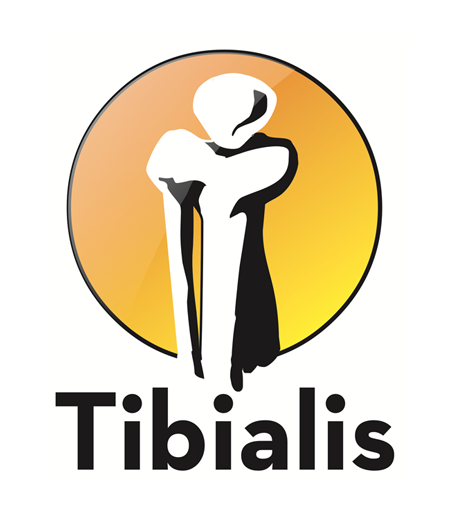 Author: Mary Bai of Tibialis, LLC is practicing Clinical, Orthopedic, Medical Massage in Redwood City, CA.
Author: Mary Bai of Tibialis, LLC is practicing Clinical, Orthopedic, Medical Massage in Redwood City, CA.
Contact: mary@tibialis.com
